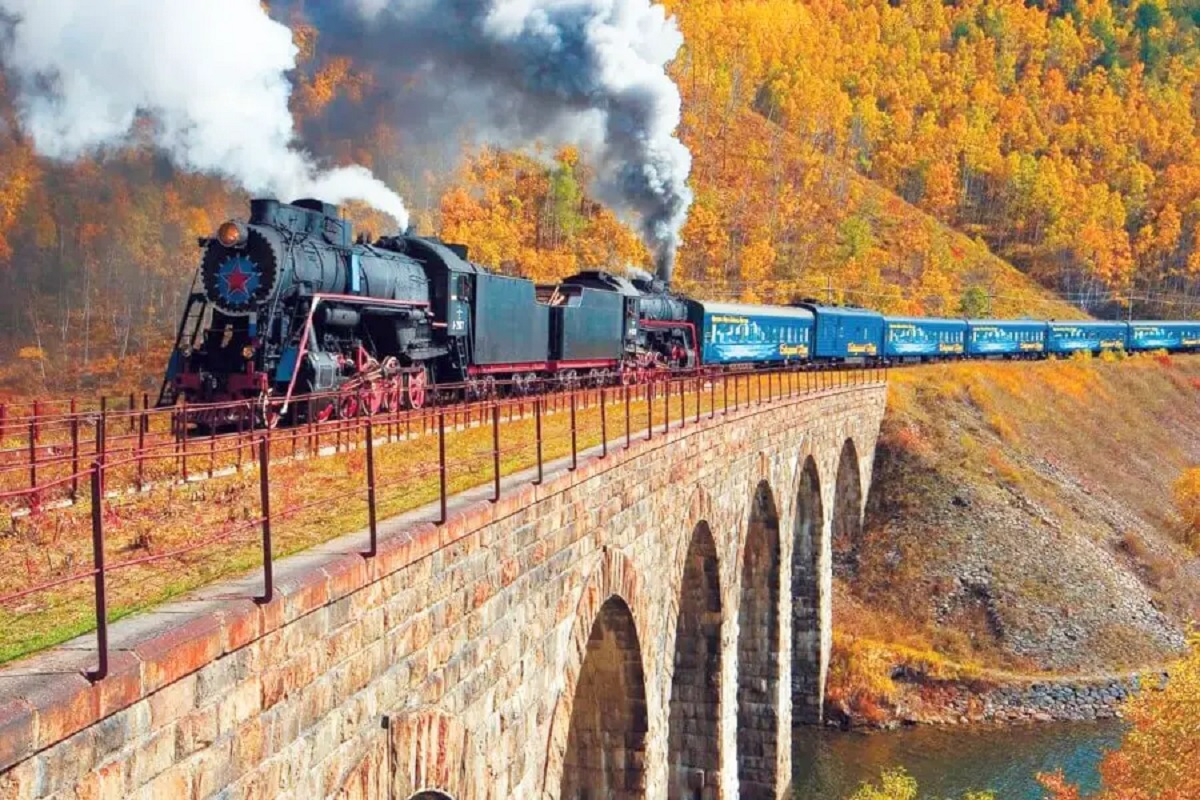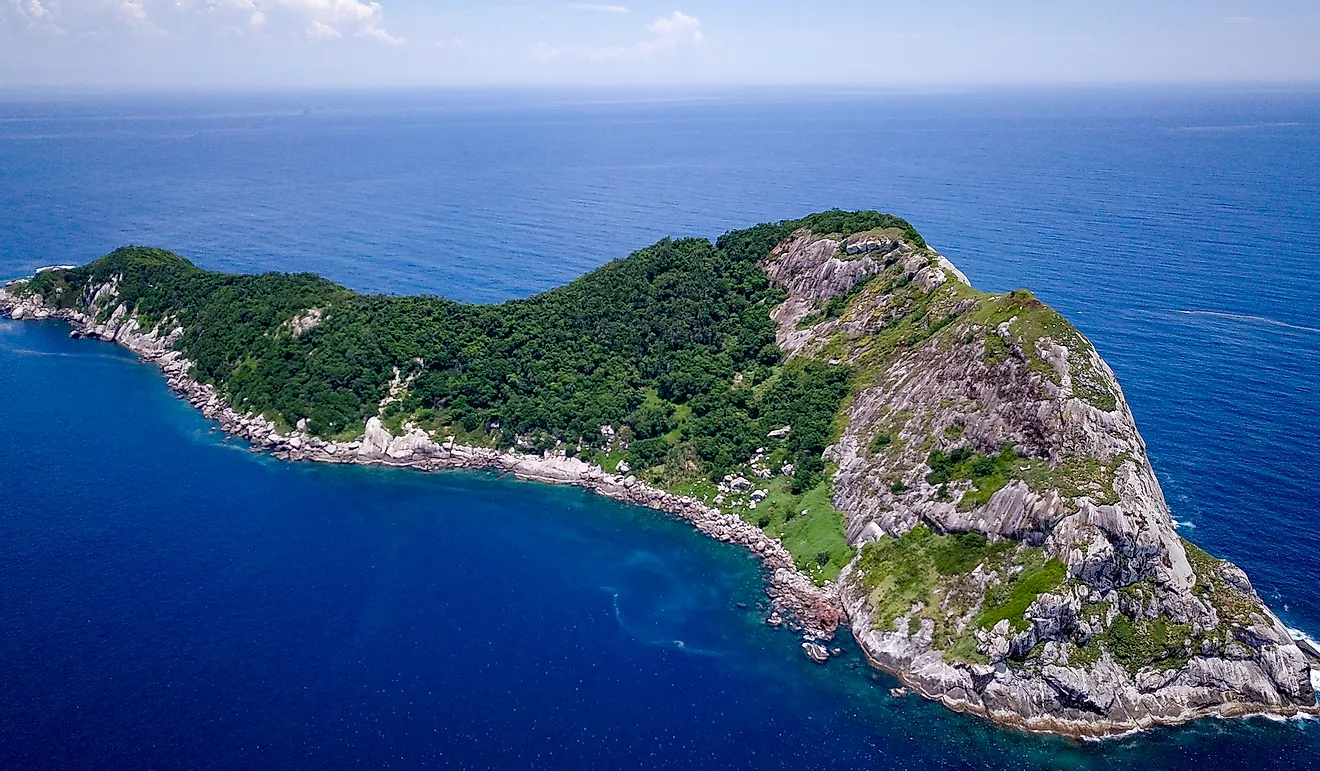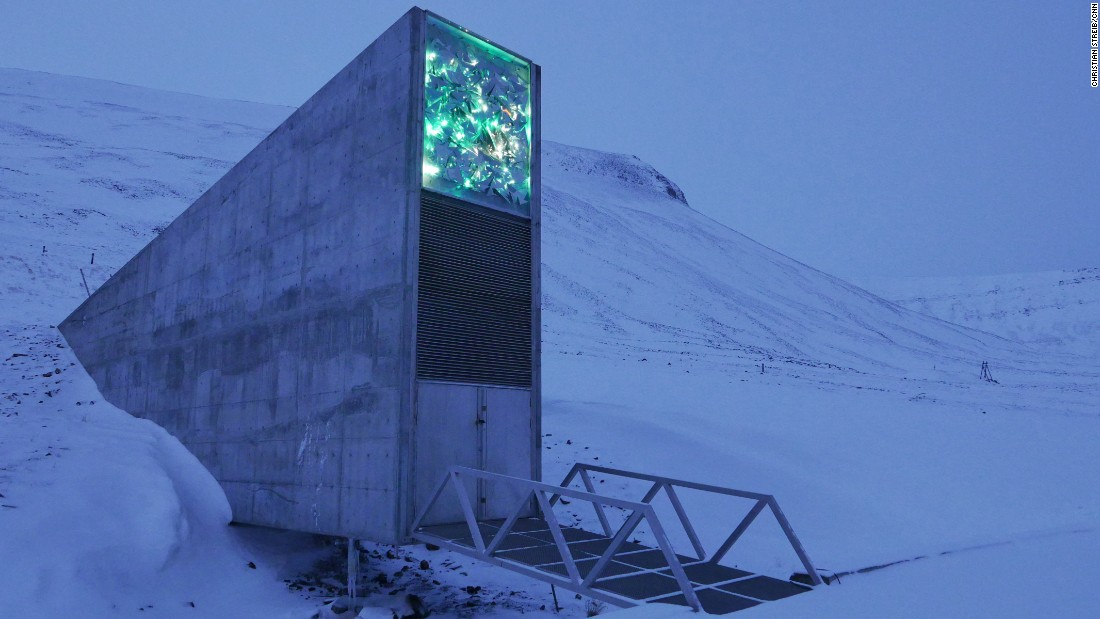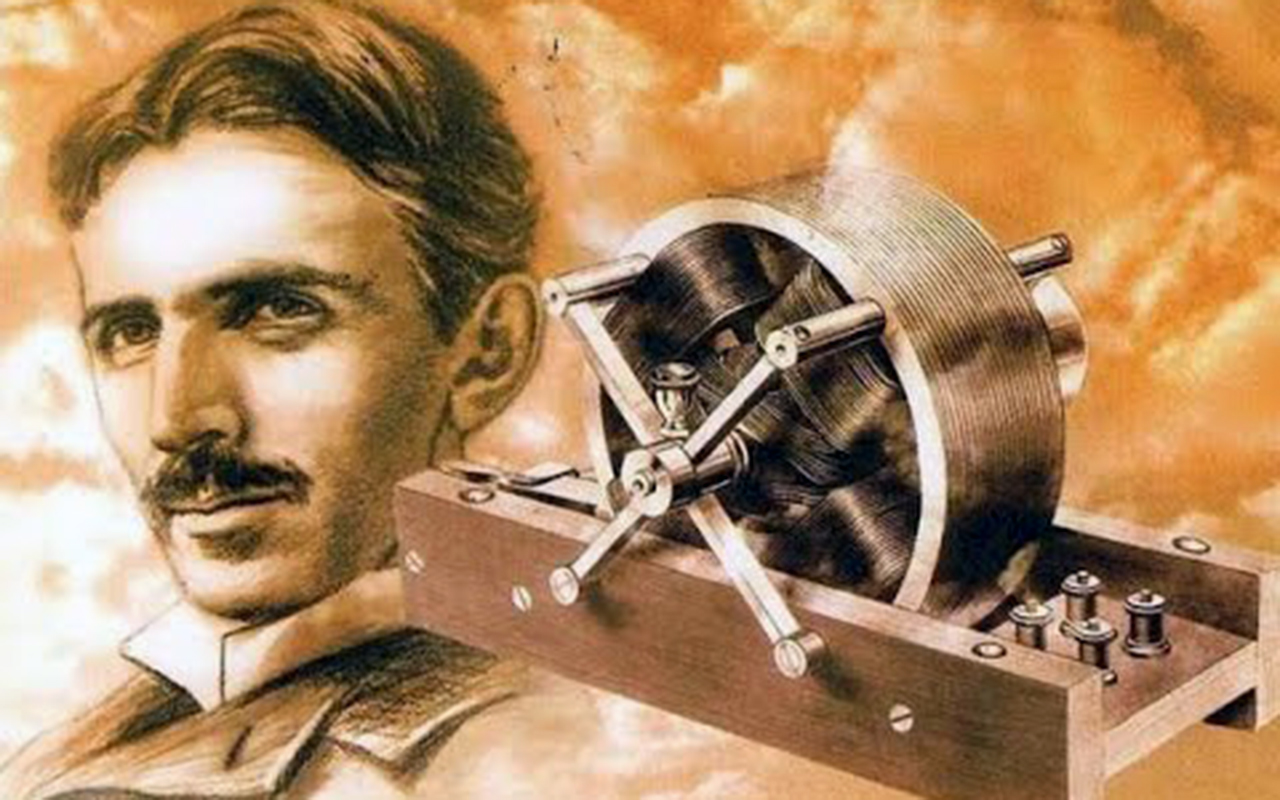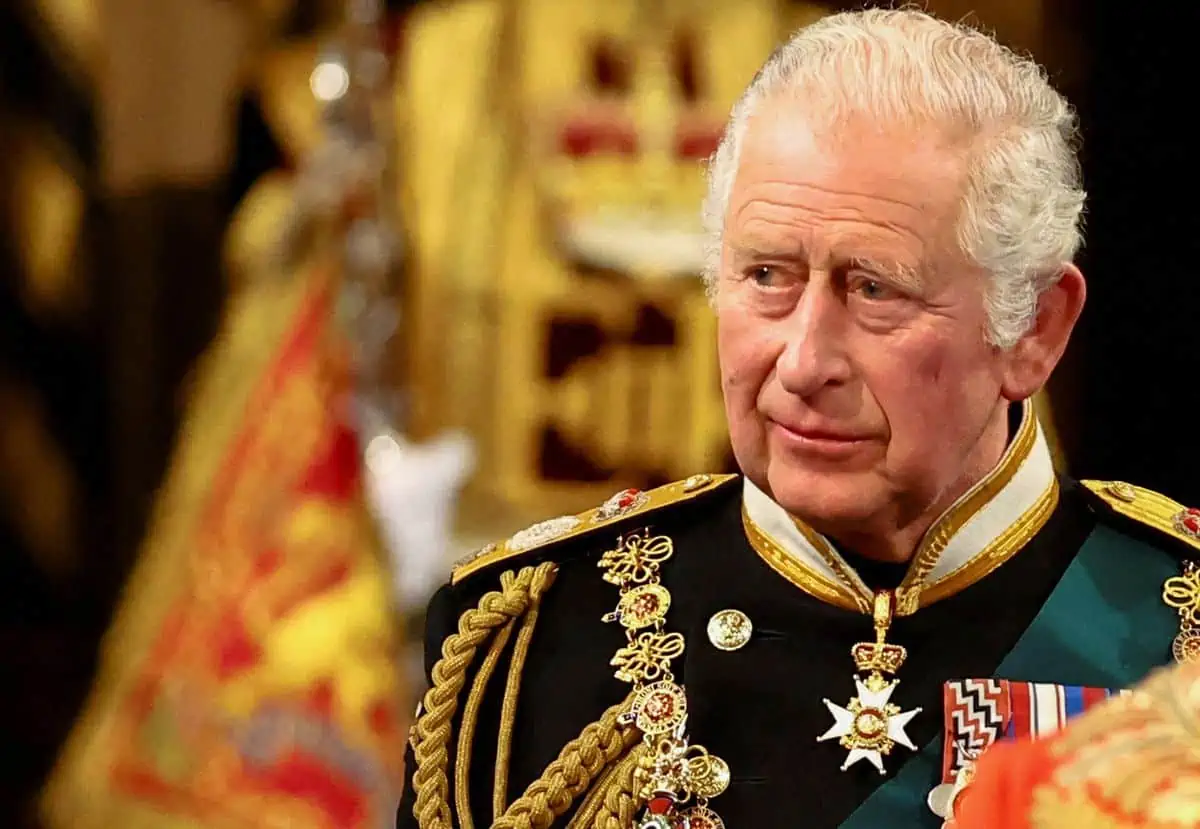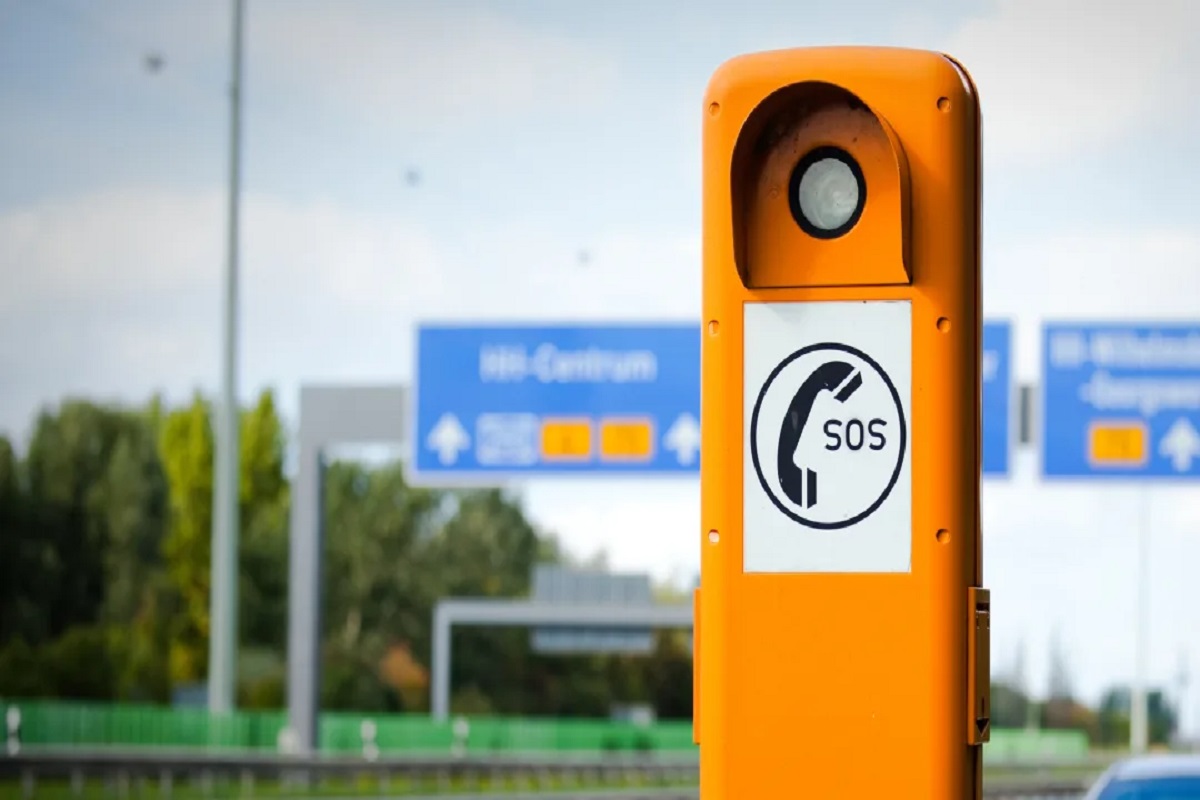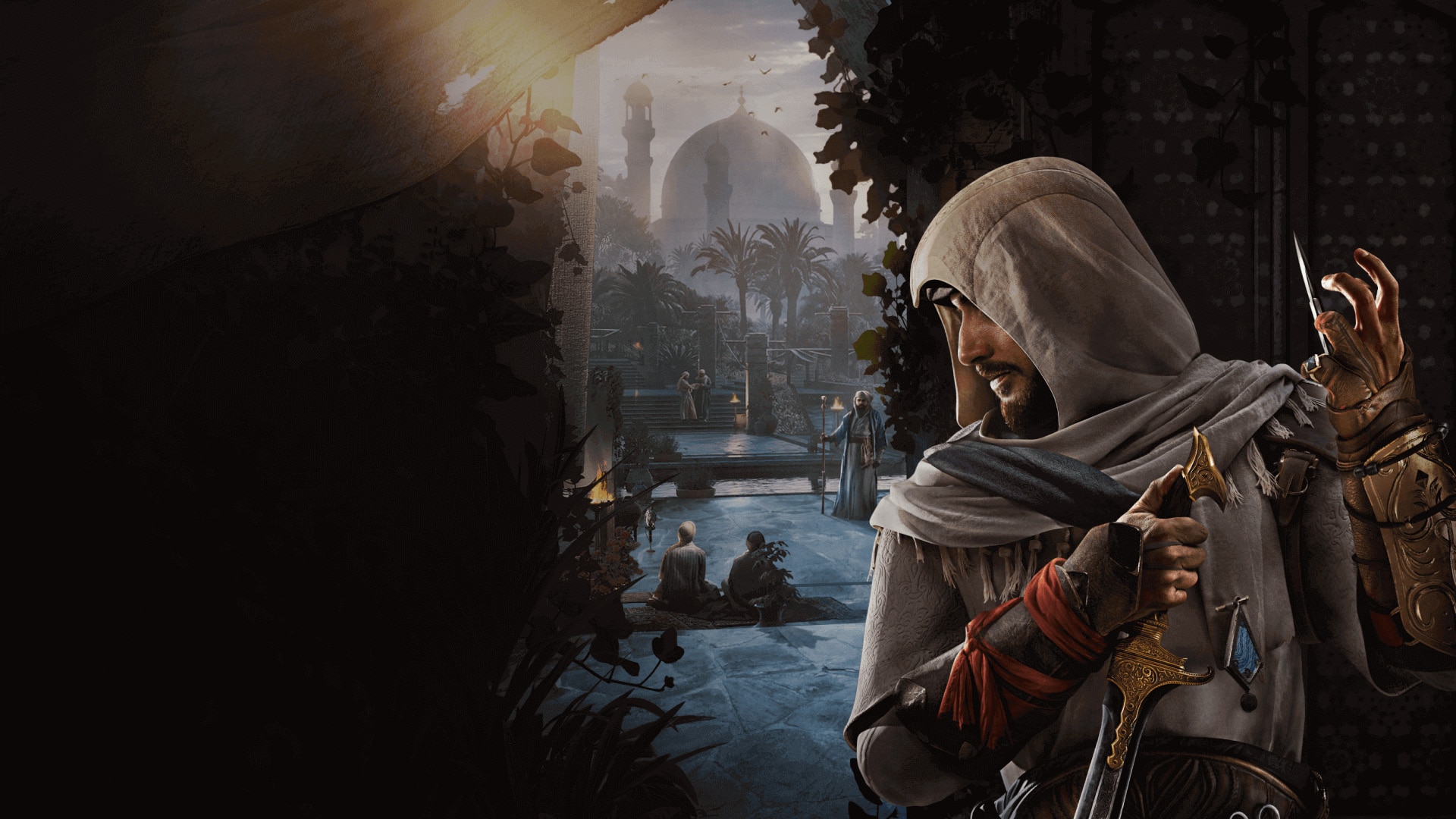Luxembourg, a European country nestled between France, Germany, and the Netherlands, boasts a remarkable feature – a completely free public transport system available to all. Notably, Luxembourg is the world’s wealthiest nation when considering GDP per capita.
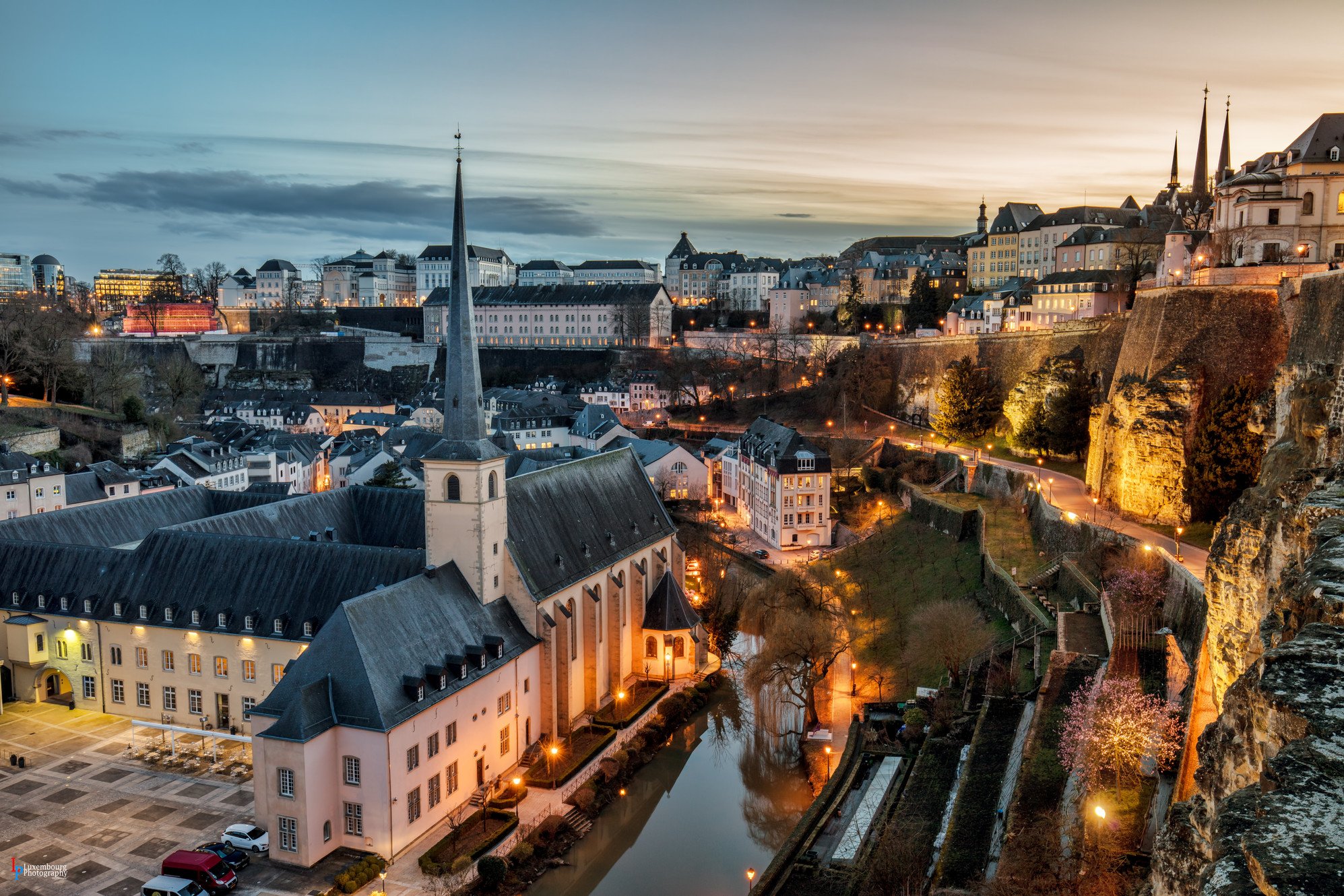
For those seeking the most budget-friendly lodging option in this country, be prepared to part with around 11,000 rupees for a night’s stay. Luxembourg holds a significant role in the establishment of the European Union and hosts many of its essential buildings and offices.
The nation has three official languages, with German and French among them. French holds a predominant position and is widely used, especially in shopping centers. Luxembourg boasts a robust banking sector, and its capital city is home to 130,000 residents.
The city’s architectural marvels are sure to leave you in awe. It features a network of small tunnels that offer convenient passage from one end of the city to the other. The Grand Ducal Palace of Luxembourg is renowned throughout Europe. Though a king or duke resides there, their authority has diminished over time, and they no longer influence the country’s laws and regulations. The city is adorned with stunning buildings that captivate the eye.
Bock Rock stands tall as the country’s highest cliff, enduring for over a millennium. Once crucial for regional defense and military purposes, it currently has limited military significance. The surrounding area boasts a collection of tunnels, known as the Bock Tunnels, which attract numerous tourists.
However, it’s essential to note that dining in Luxembourg can be quite expensive. Expect to pay at least 1800 to 2000 taka for lunch and dinner. The residents of this affluent country enjoy numerous privileges due to its status as the world’s richest nation.
